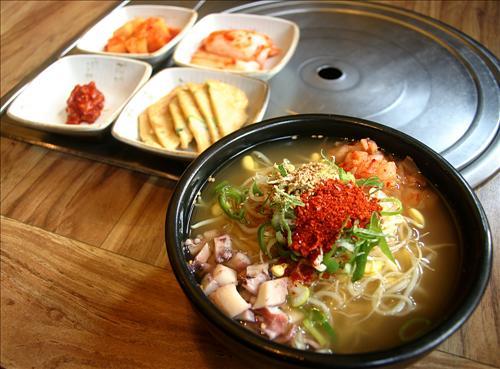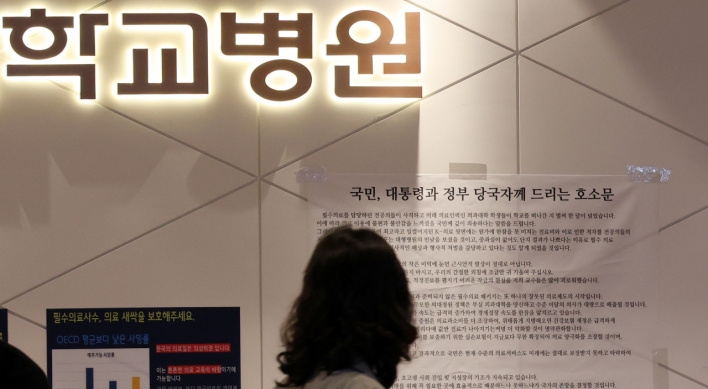[Weekender] Gukbap, a warm pot of consolation for the weary
By Korea HeraldPublished : Sept. 2, 2016 - 16:26
When hungover, most Koreans almost instinctively crave a hot pot of soup, or haejang-guk, hoping that the warm spicy liquid will soothe the unwanted consequences of boozing.
While the question of whether haejang-guk has the hangover healing effect still remains, one thing is for certain -- that rice soup, or gukbap, has always been an indispensable factor in Korea’s food culture.
While the question of whether haejang-guk has the hangover healing effect still remains, one thing is for certain -- that rice soup, or gukbap, has always been an indispensable factor in Korea’s food culture.

According to the traditional Korean food serving protocol, which sets rice and soup in separate bowls along with other side dishes, the single-pot gukbap may be belittled as a lesser meal.
But thanks to its convenience, gukbap has long been a staple for merchants in market places, for travelers stopping over at inns and for farmers looking for a quick, full meal after a hard day’s work. It also made life easier for the sellers as all they had to do was boil a full pot and scoop out a bowl upon individual orders.
The first official record of gukbap traces back to the Joseon Dynasty (1392-1910), though its actual history is presumed to go back further, possibly to the era of the Three States in the 4th-7th century.
The Annals of the Joseon Dynasty, the official history compiled by the royal house, describes common people gathering at their neighborhood inn at the end of the day to eat a bowl of gukbap, perhaps with some makgeolli.
In an agricultural society where meat, especially beef, was rare, the ingredients used were mainly vegetables such as dried radish leaves or cabbages.
Some claim that the gukbap format derived from seolleongtang, a stock soup made by boiling cow bones and stew meat, which presumably originated in the Shilla Dynasty (57 B.C.-A.D. 935) to last up to this day.
The story is that kings performed ancestral rites at altars called “seonnongdan” and pulled a plow at a nearby field, in a gesture to encourage farming. During the ceremony, a cow was offered as a sacrifice and then used to boil the soup to feed the numerous participants.
The ingredients and format of gukbap have changed greatly over time and are different in each region, reflecting the living environment of the people.
The pork gukbap, one of the signature dishes in Busan, is a result of such alterations, according to experts.
“During the Korean War, a majority of refugees fled to the southern port city of Busan, where they used local ingredients to recreate the food from back home,” said Hong Shin-ae, a cuisine researcher.
“The pork gukbap quickly settled in the community as it was an easily accessible meal for homeless refugees, as well as a cheap meat treat for ordinary people.“
By Bae Hyun-jung
(tellme@heraldcorp.com)
-
Articles by Korea Herald



![[Herald Interview] 'Amid aging population, Korea to invite more young professionals from overseas'](http://res.heraldm.com/phpwas/restmb_idxmake.php?idx=644&simg=/content/image/2024/04/24/20240424050844_0.jpg&u=20240424200058)















